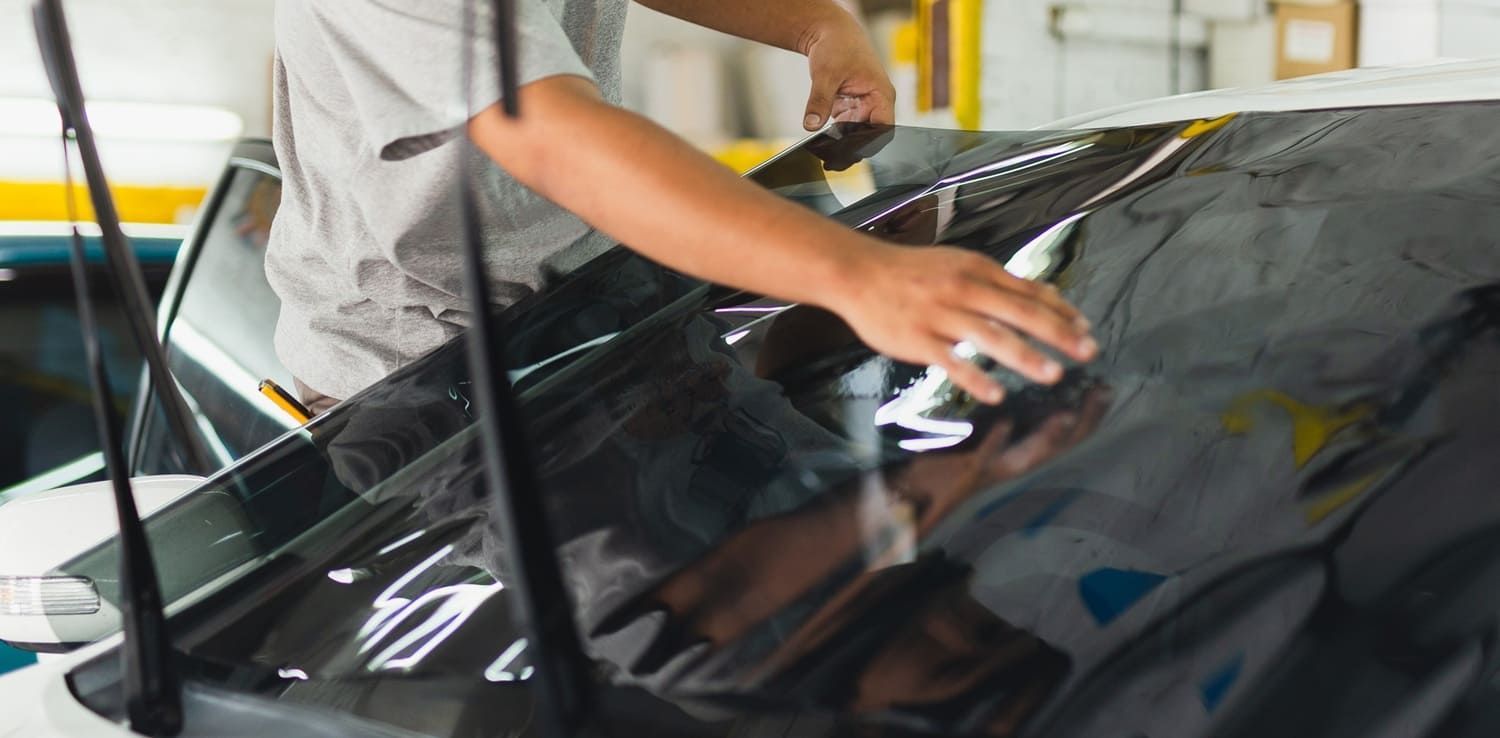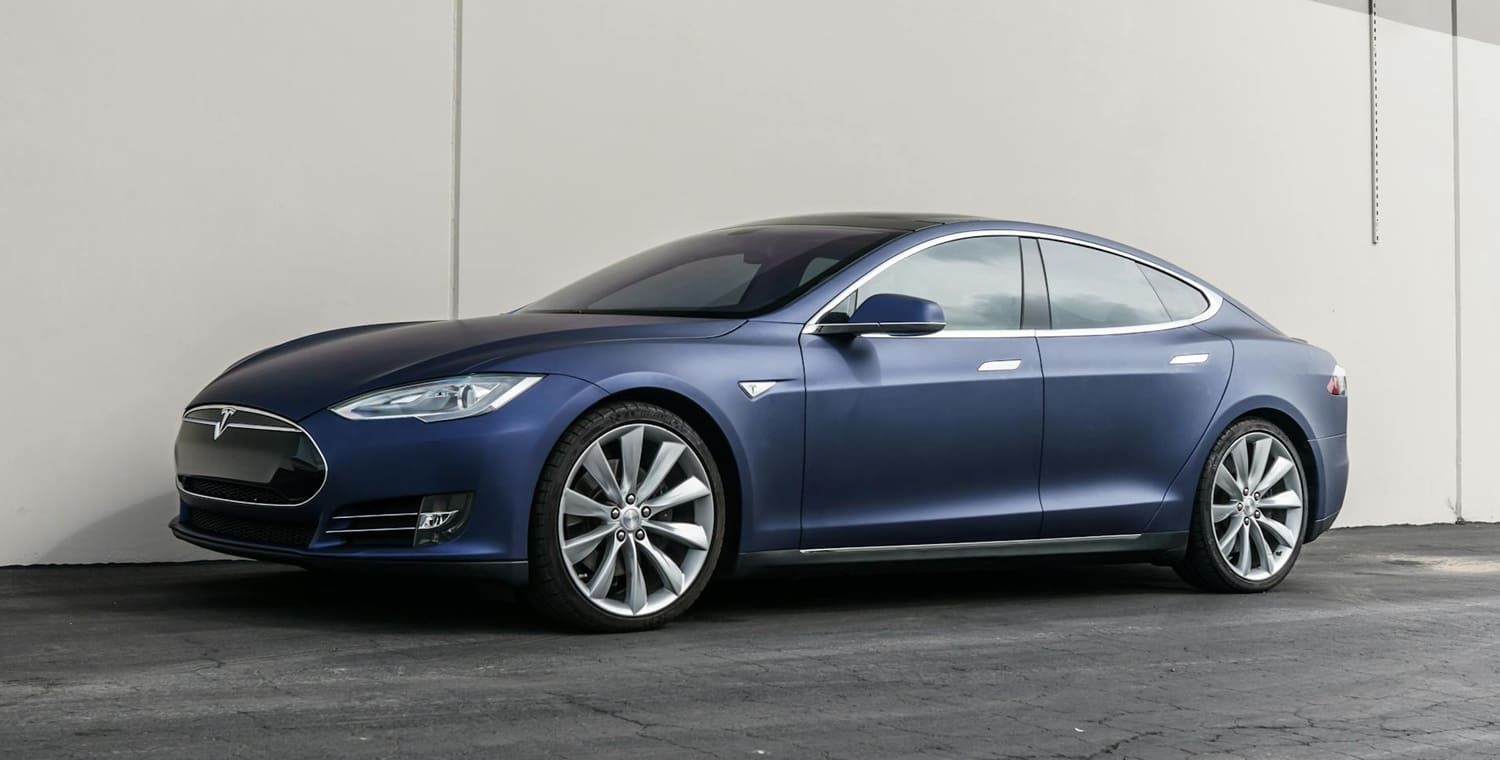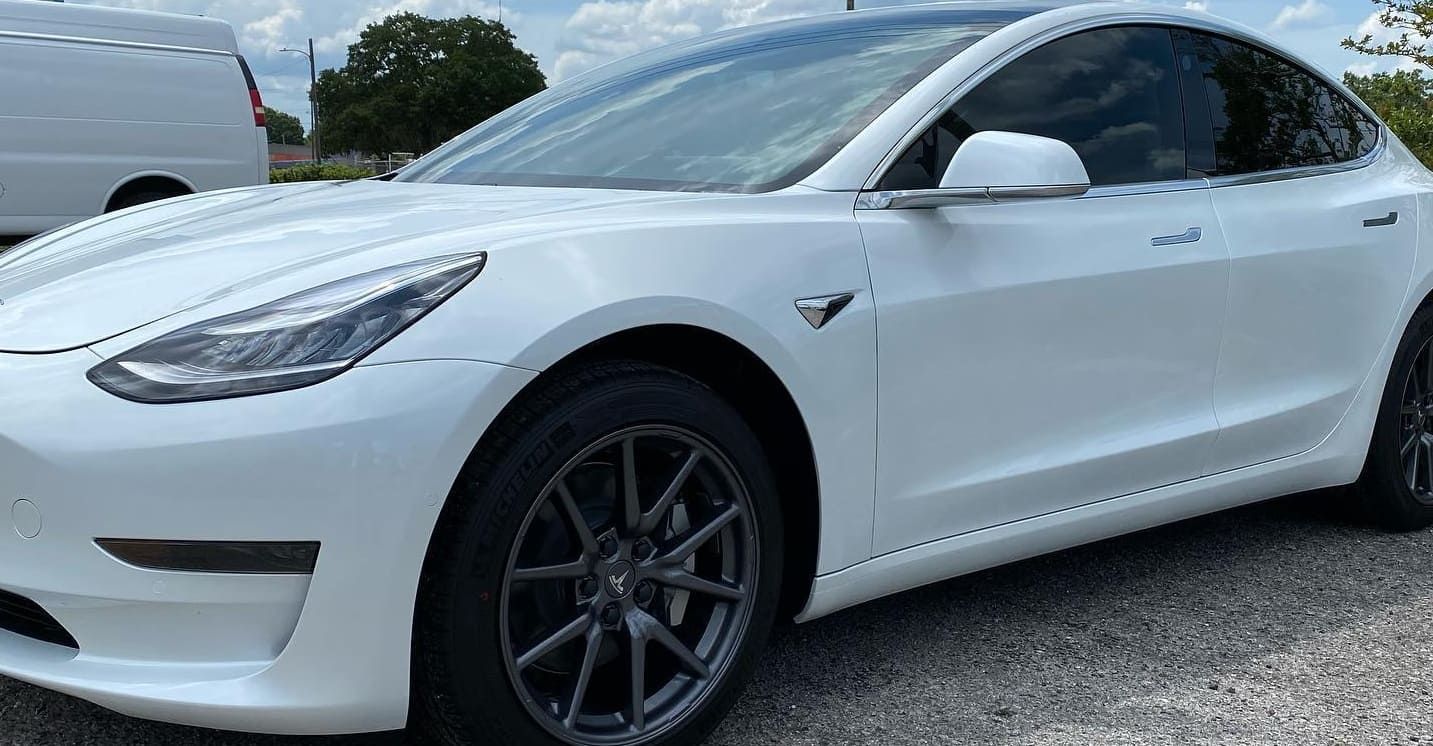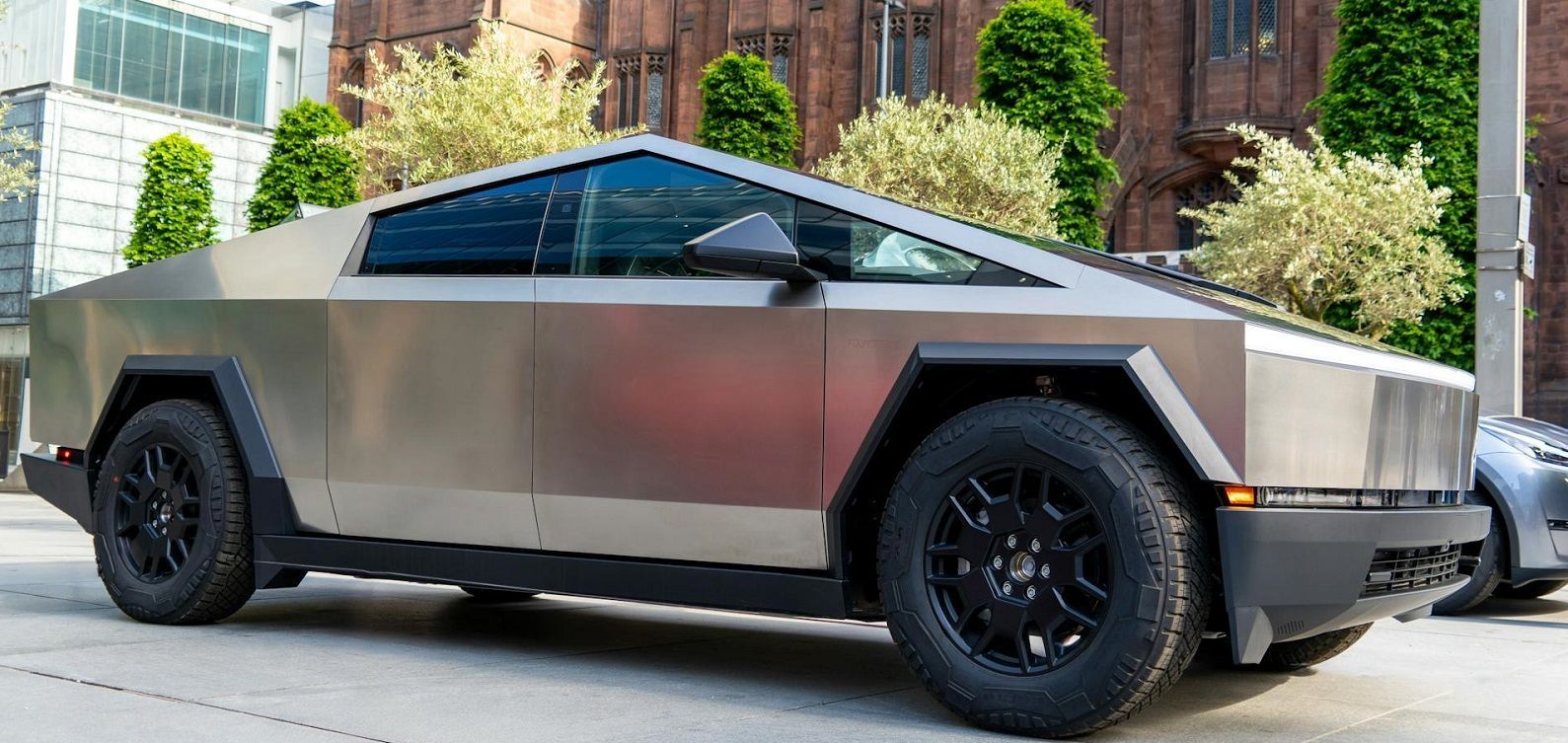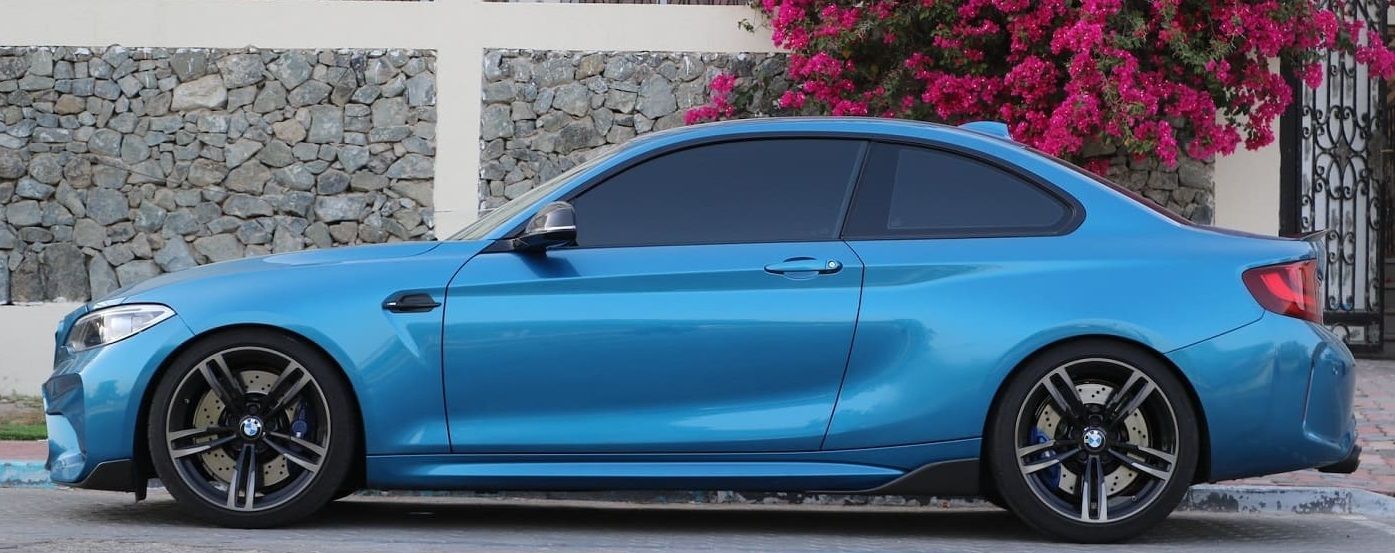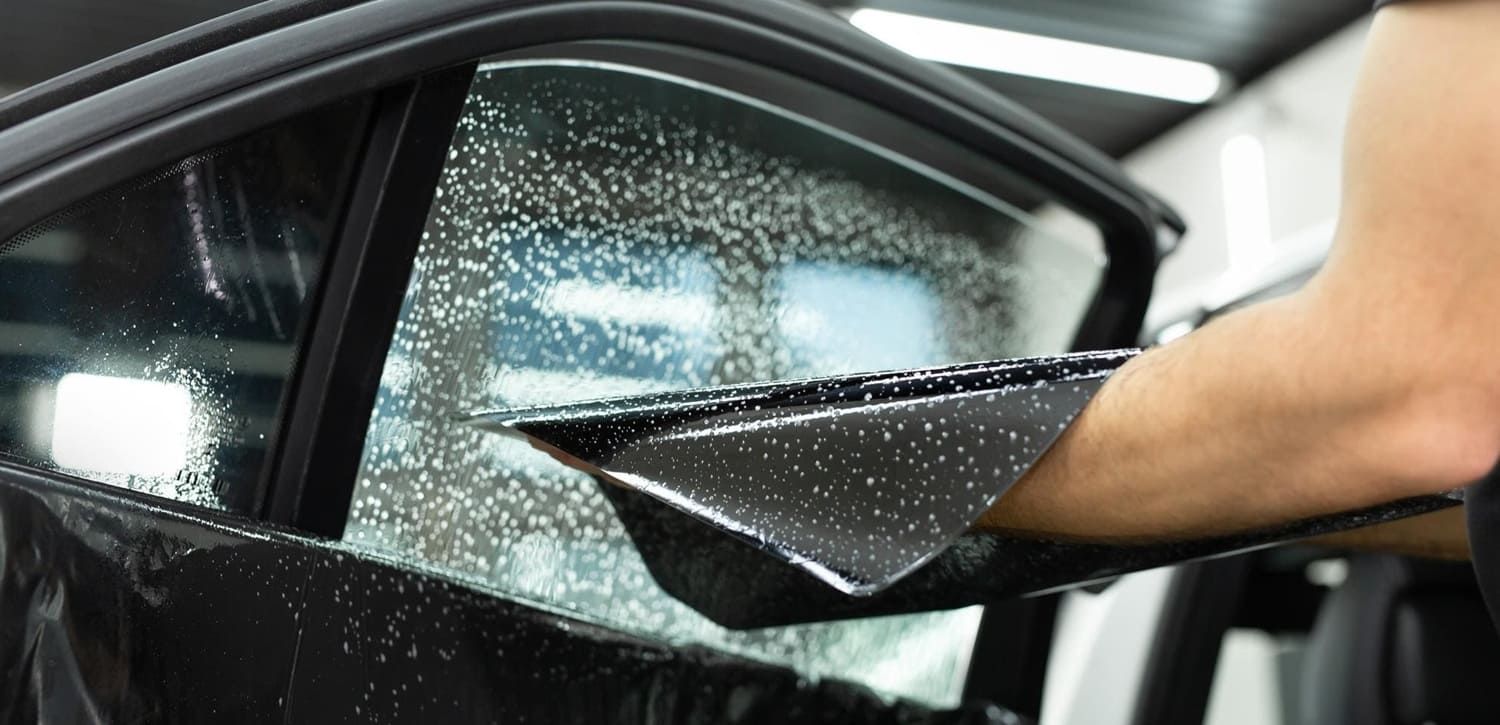3 Mistakes to Avoid When Choosing Auto Window Tinting in Tampa
Window tinting is a great way to protect your car and keep it cool. Here are some of the biggest mistakes to avoid when getting auto window tinting in Tampa.
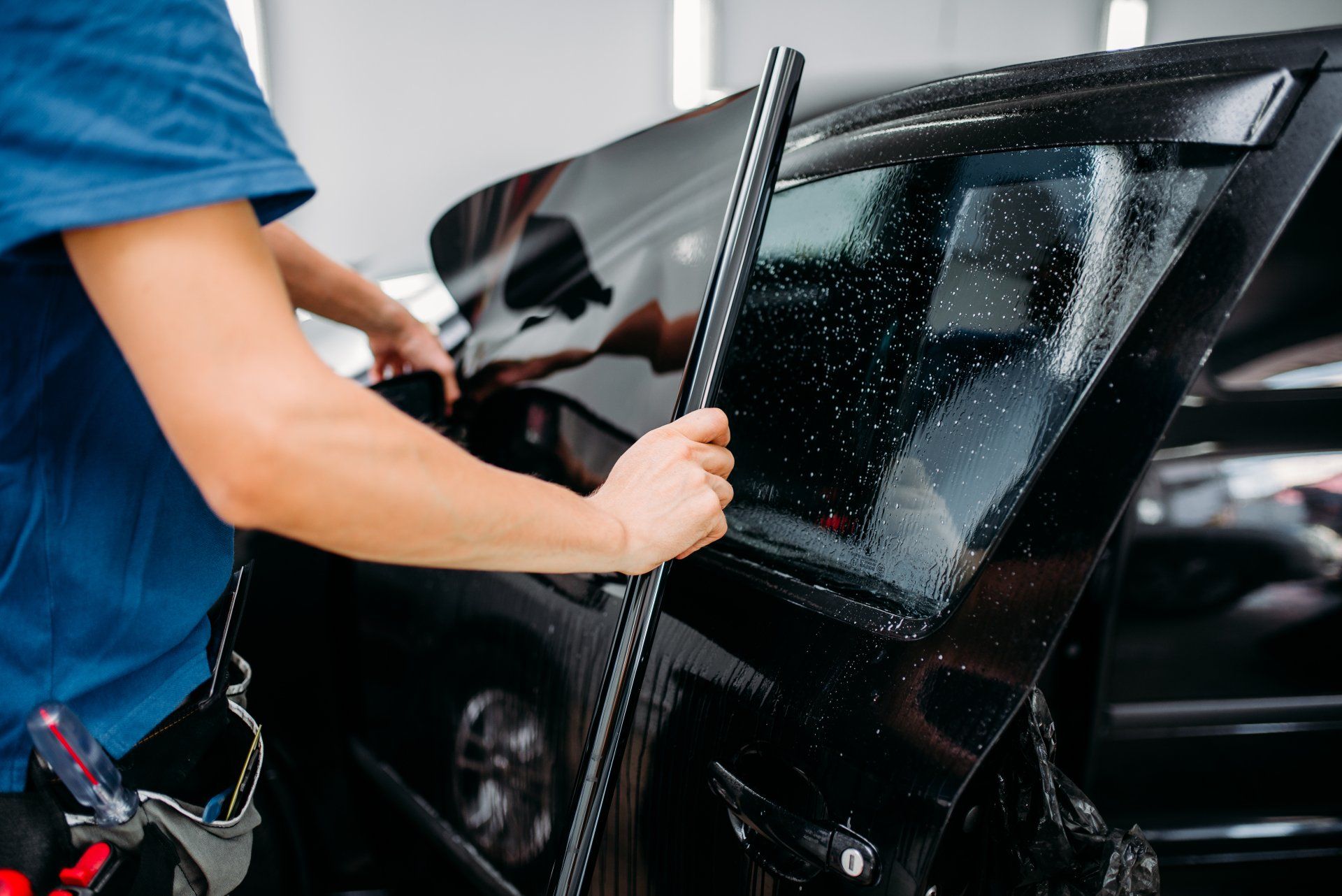
Did you know that up to 40% of fading damage on fabrics is attributable to ultraviolet (UV) radiation? That makes UV one of the biggest enemies of automotive carpeting and upholstery. The longer they get exposed to the sun, the more discolored they can get.
Also, don't forget that UV exposure is one of the leading causes of skin cancer. And so you know, Florida's skin cancer rates have risen by 10% in the last four years alone.
That's all the more reason to invest in auto window tinting in Tampa.
However, it's best to know which mistakes to avoid first before tinting your car windows. Otherwise, you're at risk of breaching Florida's automotive tint laws. At the very least, you may end up buying subpar quality films.
To that end, we created this guide on the top blunders to avoid when getting car window tinting in Tampa. Read on so you can steer clear of them and get top-notch tinting services instead.
1. Not Factoring in Florida's Tint Laws
Florida Statutes Title XXIII § 316.2951 to § 316.2956 codify the state's car window laws. These chapters define motor vehicle windows and list their requirements and restrictions. That includes the maximum visible light transmission (VLT) allowed for auto window tints.
VLT, in turn, refers to the amount of light a sunscreening material, such as a car window film, lets through. It's usually in percentage, and the higher the value is, the more light it allows to penetrate. Therefore, the higher the VLT, the lighter the tint shade is.
Conversely, the lower the VLT value, the less light the auto window tinting film allows to enter. Thus, the lower the VLT percentage is, the darker the film's tint shade.
The permitted VLT in Florida varies based on whether the vehicle is a sedan or an SUV/van. Even the window's location, such as if they're on the front or back side, has a specific allowable VLT.
So before shelling out money for auto window tinting in Tampa, keep the following VLT laws in mind. Otherwise, you might violate the law with a non-criminal traffic infraction.
Sedans
If you want to tint the front-side windows of a sedan, the window film should allow more than 28% of light. Moreover, you can tint the back-side and rear windows with a VLT of more than 15%. You can also get a non-reflective windshield tint, as long as it's above the manufacturer's AS-1 line.
SUV and Vans
Florida's front-side window tint percentage for SUVs and vans is the same as with sedans. The same rule also applies to the application of a non-reflective windshield tint.
However, you can tint an SUV's or van's back-side windows darker. Just make sure their VLT is at least 6%. Likewise, ensure a tinted rear window lets in more than 6% of light.
2. Attempting to DIY the Tinting Process
Window tinting is a multi-step procedure that must start in a clean environment. That's because debris, dirt, and dust can interfere with the film's adhesive. If such contaminants get between the glass and the tint, the latter will likely form bubbles.
The problem is that Tampa's particle pollution has worsened, per the 2022 State of the Air Report. So if you attempt to do the window tinting process outdoors, your odds of ending up with bubbling films are high.
Another issue you may encounter with a DIY tint installation is getting the film size wrong. For instance, if you cut it too small, the sun's damaging UV rays can get through the gaps. That can lead to harmful UV exposure, interior sun damage, and unwanted heat.
There's also the possibility of you installing films darker than the state law allows. If you get caught driving with too-dark windows, expect to face monetary penalties. Then, of course, you'd also have to remove the tint, which, in turn, is a complete waste of money.
Thus, it's often best to leave car window tinting in Tampa to professional installers. For one, they have designated dust- and wind-free indoor areas in their shops. These rooms enable the pros to ensure that windows remain clean during the procedure.
Besides, window tinting experts in Tampa, FL, can help you pick the perfect tinting film for your ride. For example, they can educate you about the pros of a ceramic tint, such as insulation and UV protection. They can also help you choose the perfect tint percentage that won't get you in trouble with the law.
3. Forgetting Warranties
There are three primary warranties to be aware of before tinting your car windows. Don't forget to consider all three to avoid out-of-pocket repair or replacement costs.
First is your car manufacturer's warranty regarding modifications, including window tinting. Car makers may deem the warranty void if you install a tint that requires window removal. So if your ride is still under warranty, make sure you go through the T&C to check what it says about tinting.
Next, choose an auto window film brand with a lifetime limited manufacturer's warranty. An example is the Llumar warranty for bubbling, cracking, peeling, or unusual discoloration. This coverage is in place for as long as you own the vehicle.
Lastly, choose a tinting company offering a no-charge, no-fault warranty. With this, you can rest assured the installer will cover what the manufacturer won't, as long as you own the car. So even if your tint gets damaged, you can expect a guaranteed replacement, whether it's your fault or not.
Invest in Professional Auto Window Tinting in Tampa
And there you have it, the guide on the mistakes you should avoid when getting auto window tinting in Tampa. Steer clear of these errors, as they're expensive and can put you on the wrong side of the law.
Instead, consider investing in professional car window tinting services. They're your best bet to get premium window films that won't break the law.
If you're ready to get your ride's windows tinted in Tampa, we here at Leo's Touch Window Tinting are happy to help. Contact us now to get your free estimate!
